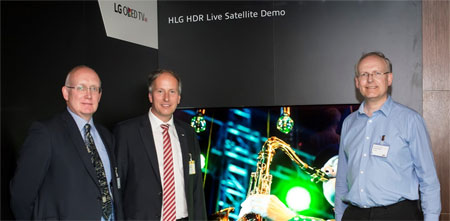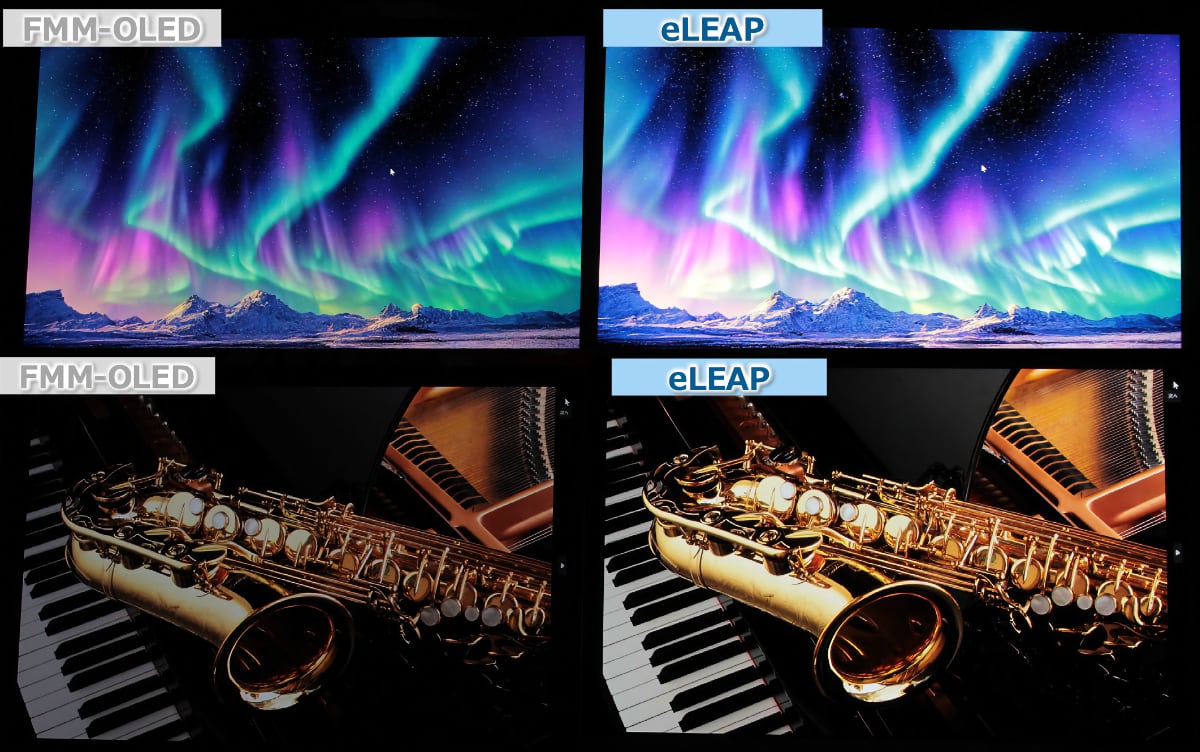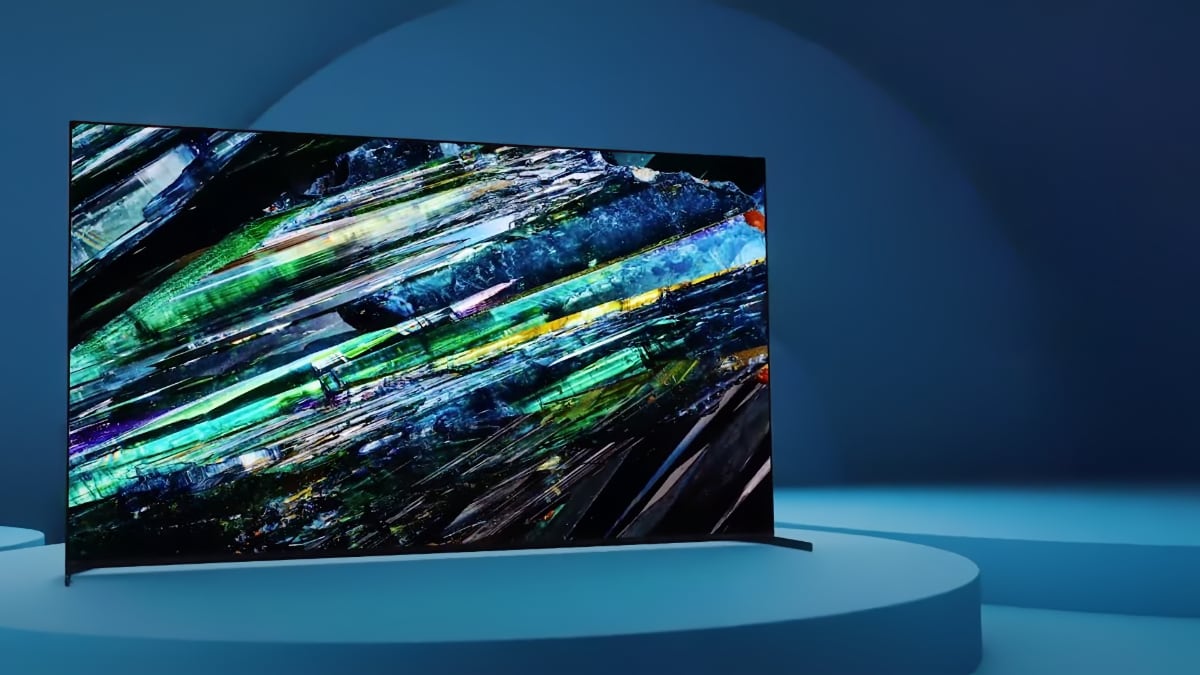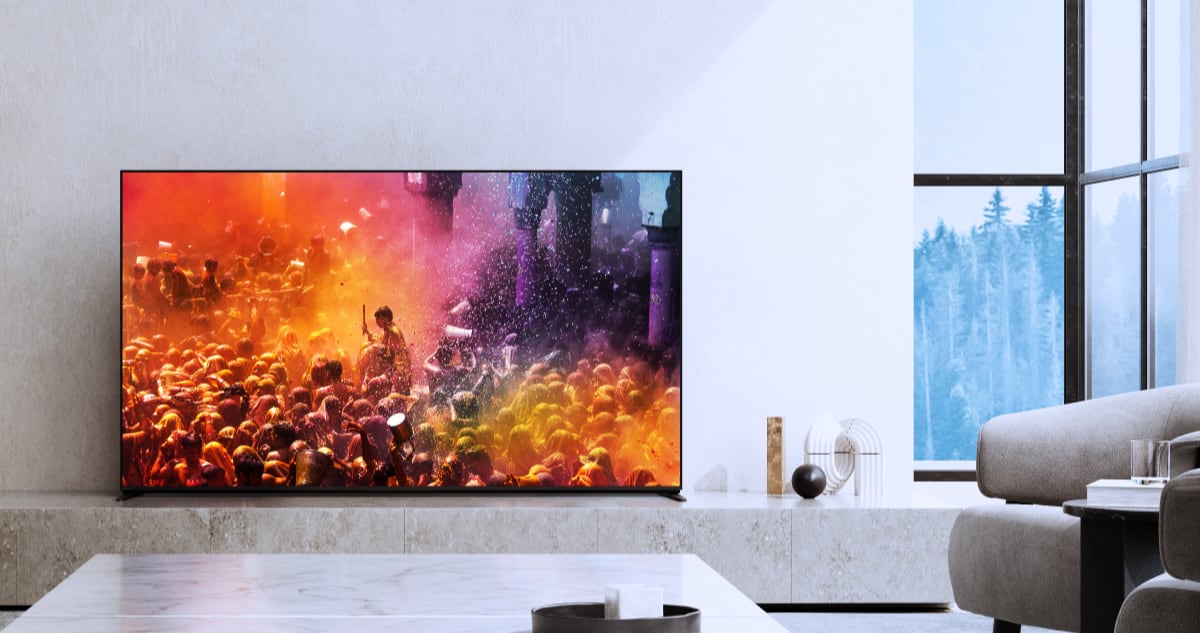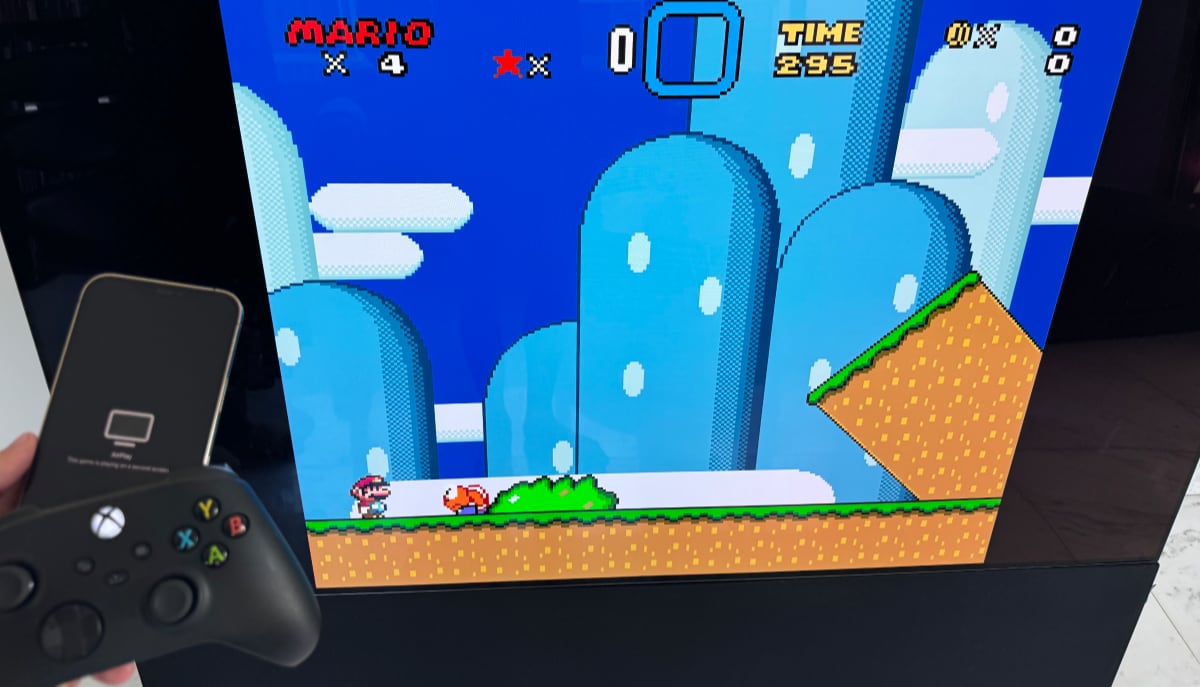ITU has ratified the BT.2100 – or Rec.2100 – standard that builds on the BT.2020 standard. It is a standard for HDR (high dynamic range) television that includes both the currently used PQ specification and the new HLG specification backed by UK’s BBC and Japan’s NHK.
ITU ratifies BT.2100 standard
ITU is the agency for information and communications technologies under the United Nations (UN). They coordinate global standards across 193 member states.
Last year, ITU ratified the BT.2020 – or Rec.2020 – standard that covers Ultra HD resolution as well as the much expanded color space that is commonly referred to by the same Rec.2020 name. You can view BT.2100 as an extension of BT.2020 that now includes specifications for HDR (high dynamic range).
- “High Dynamic Range Television will bring a whole new viewing experience to audiences around the world,” said ITU Secretary-General Houlin Zhao, welcoming the announcement. “TV programming will be enhanced with brighter pictures that add sparkle to entertainment and realism to news coverage.”
BT.2100 specifies two options for producing HDR images. The first one is the already commonly used PQ (Perceptual Quantization) that makes up the foundation for both HDR10 and Dolby Vision. The other is HLG (Hybrid Log-Gamma), which is a gamma curve that offers compatibility with legacy SDR (standard dynamic range) TVs. BT.2100 also outlines a simple conversion process between PQ and HLG.
BT.2100 allows TV producers to choose from three resolutions: ‘Full HD’ (1920x1080), ‘UHDTV 4K’ (3840x2160), and ‘UHDTV 8K’ (7680x4320). It also covers a range of frame rates that were first included in BT.2020. These include but are not limited to 24, 25, 30, 50, 60, 100 and 120 frames per second.
- “This Recommendation is the culmination of three years of intensive work by dedicated image experts from around the world. HDR images are stunning and this is another major step forward in television quality,” said Andy Quested, Chairman of ITU-R Working Party 6C (WP 6C), which developed the new standard. “Programme makers today need a much wider range of options in order to meet the expectations of the different platforms they must supply, and this need for flexibility is catered for within the framework of a stable ITU-R Recommendation.”
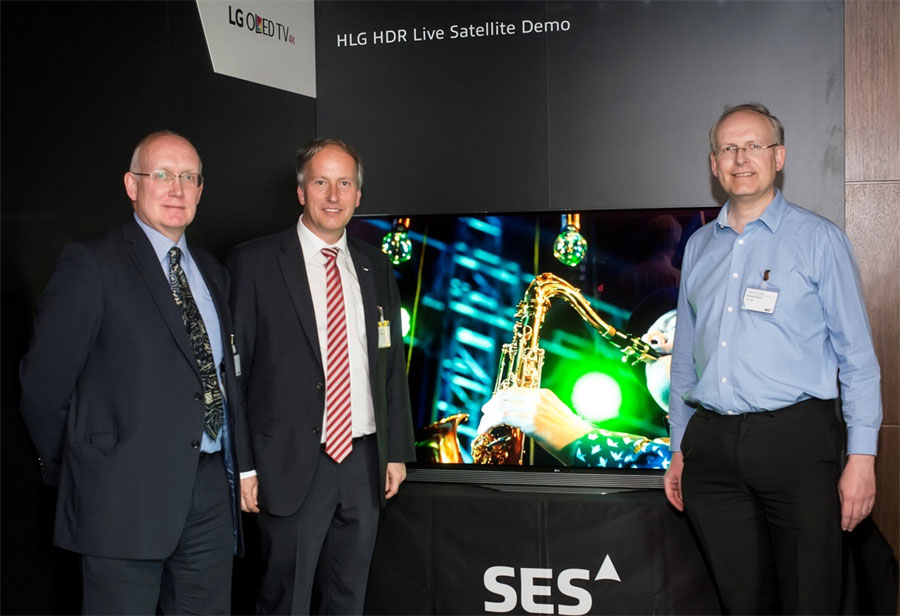
What this means for you
So what does all this mean exactly? First, understand that BT.2100 is not a new HDR format. Instead, it standardizes the many specifications that the industry has been working on for years and recommends the best approach.
BT.2100 specifies two options for HDR but PQ is already adopted by many players in the industry. Netflix and Amazon are already streaming in HDR10 and Dolby Vision (both based on PQ), and ITU’s standard will not affect that.
TV broadcasters on the other hand usually follow ITU’s recommendations and the important thing here is that HLG (Hybrid Log-Gamma) has been standardized under ITU’s BT.2100. HLG is a format that combines both SDR and HDR image information into the same signal. In a HLG signal HDR TVs can extract the necessary HDR image information whereas SDR TVs will ignore it.
Several players of the broadcast industry have backed HLG as a way to enable HDR on TV channels since broadcast distribution networks have constrained bandwidth capacity. TV manufacturers have on recent occasions demonstrated HLG HDR signals reproduced on current HDR TVs, suggesting that it may be possible to firmware upgrade existing TVs to support HLG. In May 2016, LG and SES Astra demonstrated a live HLG HDR satellite feed on LG’s 2016 OLED TVs. It is up to the specific manufacturer to issue this firmware update.
It is also worth noticing that ITU has included 1080p resolution in its HDR recommendation, meaning that TV broadcasters can choose to use HDR on HD channels.
With BT.2100 in place, it seems plausible that the TV broadcast industry will start adopting HDR soon.
You can find the published paper on ITU’s BT.2100-0 standard here.
- Source: ITU

